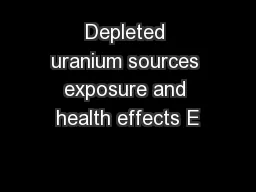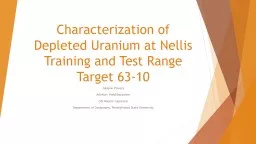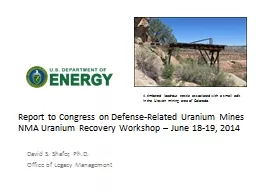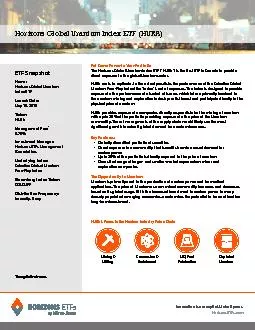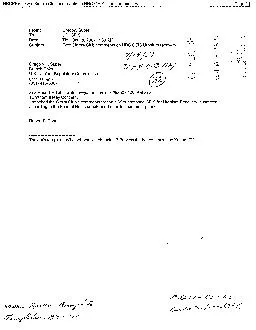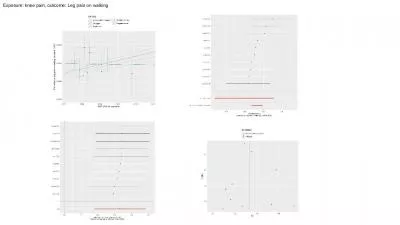PDF-Depleted uranium sources exposure and health effects E
Author : alexa-scheidler | Published Date : 2015-05-27
Concerns about possible health consequences to populations residing in conflict areas where depleted uranium munitions were used have raised many important environmental
Presentation Embed Code
Download Presentation
Download Presentation The PPT/PDF document "Depleted uranium sources exposure and he..." is the property of its rightful owner. Permission is granted to download and print the materials on this website for personal, non-commercial use only, and to display it on your personal computer provided you do not modify the materials and that you retain all copyright notices contained in the materials. By downloading content from our website, you accept the terms of this agreement.
Depleted uranium sources exposure and health effects E: Transcript
Download Rules Of Document
"Depleted uranium sources exposure and health effects E"The content belongs to its owner. You may download and print it for personal use, without modification, and keep all copyright notices. By downloading, you agree to these terms.
Related Documents

